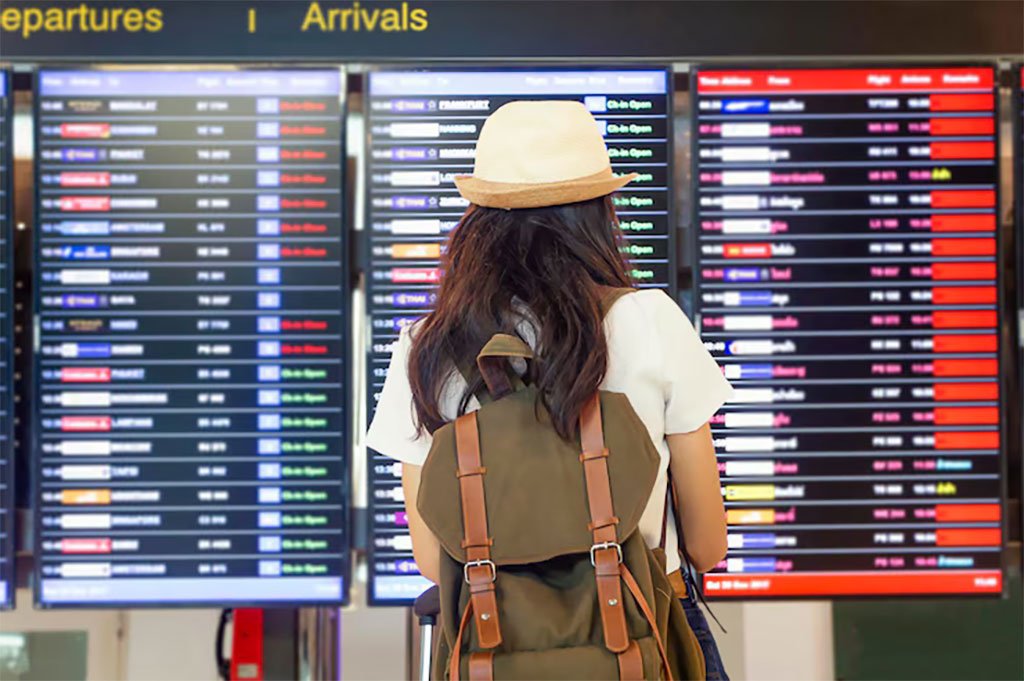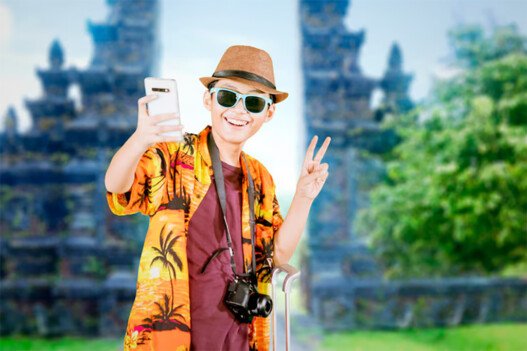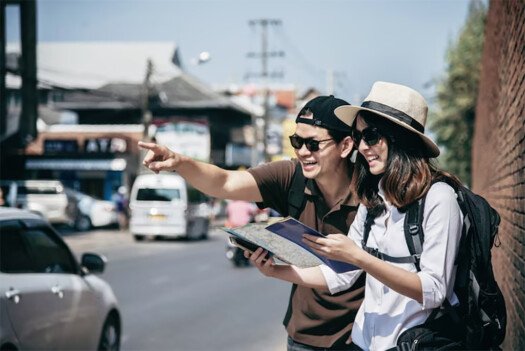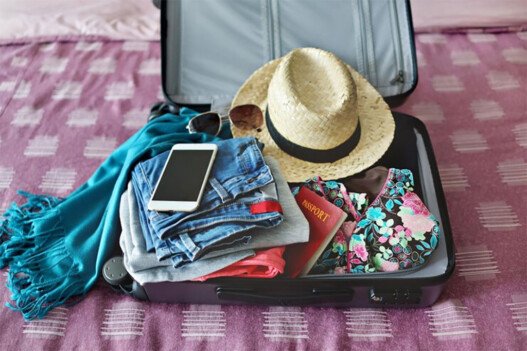Bali, Indonesia, continues to captivate travelers worldwide with its rich culture, stunning landscapes, and warm hospitality. As of 2025, understanding the visa options available is crucial for a smooth entry into the island. This article delves into the two primary visa options for Bali: the Visa on Arrival (VoA) and the Electronic Visa on Arrival (e-VoA), highlighting their differences, benefits, and tips for travelers.
🛂 1. Application Process: On-the-Spot vs. Pre-Arrival
Visa on Arrival (VoA)
The traditional VoA allows travelers from eligible countries to obtain a visa upon arrival at designated entry points, including Ngurah Rai International Airport in Bali. The process involves:
- Arrival at the airport: Proceed to the VoA counter.
- Payment: Pay the visa fee (IDR 500,000) in cash or by card.
- Processing: Present your passport and receive the visa sticker.
While straightforward, this method can lead to longer wait times, especially during peak travel seasons.
Electronic Visa on Arrival (e-VoA)
Introduced to streamline the entry process, the e-VoA allows travelers to apply online before departure. The steps include:
- Online application: Visit the official Indonesian Immigration portal and complete the application form.
- Document submission: Upload required documents, such as a valid passport and recent photograph.
- Payment: Pay the visa fee online.
- Approval: Receive the e-VoA via email, which can be printed or saved on a mobile device.
Applying for the e-VoA in advance reduces airport processing time and facilitates the use of automated immigration gates.
⏳ 2. Duration of Stay: Short-Term vs. Extended Options
Visa on Arrival (VoA)
The VoA grants an initial stay of 30 days, which can be extended once for an additional 30 days, totaling 60 days. Extensions must be processed at an Indonesian immigration office before the initial visa expires.
Electronic Visa on Arrival (e-VoA)
The e-VoA offers a longer initial stay of 60 days, with the possibility of extending up to 180 days. This extended duration is particularly beneficial for travelers planning longer stays or multiple visits within a year.
💰 3. Cost and Payment Methods: Fixed Fee vs. Variable Costs
Visa on Arrival (VoA)
The VoA requires a fixed fee of IDR 500,000 (approximately USD 35). Payment can be made in cash or by credit card at the airport. It’s advisable to carry Indonesian Rupiah to avoid potential issues with currency exchange or card payments at the airport .
Electronic Visa on Arrival (e-VoA)
The e-VoA has a higher fee of IDR 1,000,000 (approximately USD 65). This fee is paid online during the application process. While the e-VoA is more expensive, it offers the convenience of a longer stay and expedited airport processing.
🛬 4. Convenience and Efficiency: Traditional Queue vs. Fast-Track Entry
Visa on Arrival (VoA)
Obtaining a VoA upon arrival involves waiting in line at the visa counter, which can be time-consuming, especially during peak hours. Travelers may also need to fill out additional forms and undergo manual processing.
Electronic Visa on Arrival (e-VoA)
With the e-VoA, travelers can utilize automated immigration gates, significantly reducing wait times. The e-VoA also allows for a smoother customs declaration process, as travelers can complete the required forms online before arrival .
⚠️ 5. Restrictions and Limitations: Tourism vs. Employment
Visa on Arrival (VoA)
The VoA is intended solely for tourism purposes. Engaging in employment or business activities while on a VoA is prohibited. Travelers wishing to work or conduct business in Indonesia must apply for the appropriate visa before arrival.
Electronic Visa on Arrival (e-VoA)
Similar to the VoA, the e-VoA is also designated for tourism purposes. However, its longer duration makes it more suitable for travelers planning extended stays. For employment or business activities, travelers should apply for the relevant visa categories.
🧳 Tips for Travelers
- Apply early: For the e-VoA, apply at least a week before your departure to allow time for processing.
- Check eligibility: Ensure your nationality qualifies for the VoA or e-VoA.
- Prepare documents: Have a valid passport with at least six months’ validity and a return or onward flight ticket.
- Carry local currency: For the VoA, have Indonesian Rupiah on hand to cover the visa fee.
- Stay informed: Keep abreast of any changes to visa policies or entry requirements by consulting official sources.
🇮🇩 Final Thoughts
Choosing between the Visa on Arrival and the Electronic Visa on Arrival depends on your travel plans, duration of stay, and preference for convenience. The e-VoA offers a more streamlined process and longer stay options, making it ideal for extended visits. However, the VoA remains a viable option for shorter trips. Regardless of your choice, ensuring all requirements are met will facilitate a smooth and enjoyable journey to Bali.









